
New 50-year study offers insight into effects of climate on bird reproduction
Beyond effects of a warming climate on individual species’ reproductive output, the study also considered whether climate change may affect offspring production by interacting with other attributes of the birds…
Warming temperatures also were associated with less offspring production among relatively large birds. These changes were not necessarily caused directly by climate change but by the effects of climate change on the life histories and ecological traits of species that influence clutch size and rates of nesting failure over time…
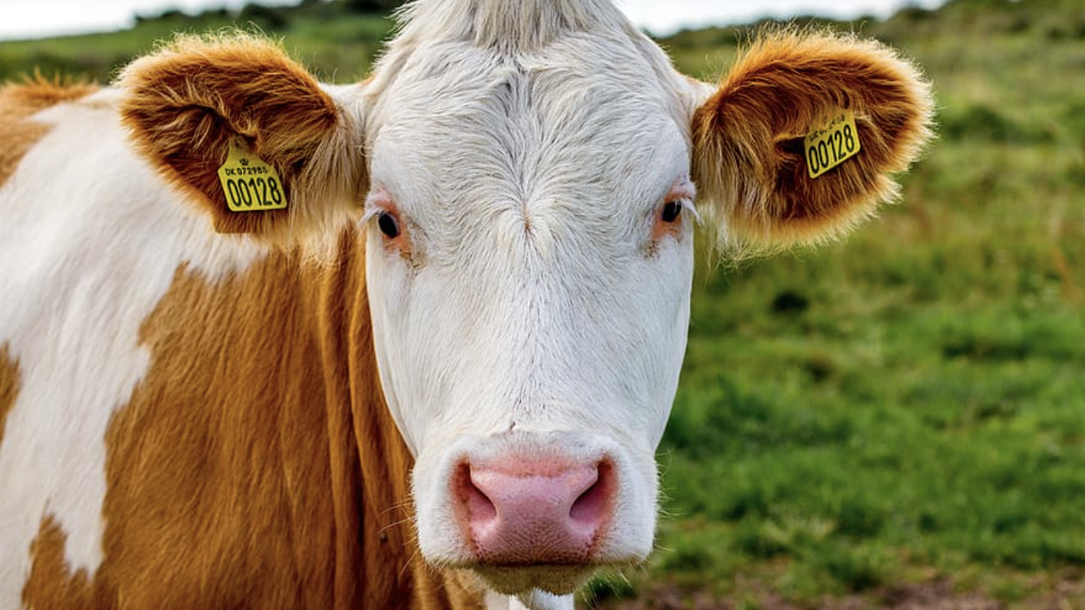
Research report: Antibiotics and temperature interact to disrupt soil communities and nutrient cycling
Soils contain immense diversity and support terrestrial ecosystem functions, but they face both anthropogenic and environmental stressors. While many studies have examined the influence of individual stressors on soils, how these perturbations will interact to shape soil communities and their ability to cycle nutrients is far less resolved. Here, we hypothesized that when soils experience multiple stressors their ability to maintain connected and stable communities is disrupted, leading to shifts in C and N pools.

Explore climate change in the American mind
Are you curious about how the American public has been feeling about climate change over time? Perhaps you’re wondering how you might engage people around the topic of climate change?
These graphs provide some clarity on how peoples’ education levels, age, and political affiliations shape their opinions around climate change.

New tools and strategies for educators: grades 6-12
[Yale Climate Communications has] developed materials for teachers who are interested in using [the] resources in their classrooms, such as the Yale Climate Opinion Maps and Yale Climate Connections. These materials were developed based on recommendations from educators across the United States. They aim to immerse students in climate change issues in an accessible, digestible, and interactive way…

Migratory birds can partially offset climate change
“Understanding how animals can compensate is an important part of understanding where the impacts of climate change will play out,” said Marra. “In this case, we may not lose a species entirely, but it is possible that populations of some species may go extinct locally due to climate change…
“The good news is that birds are able to respond to changes in their environment,” Dossman said. “They have some flexibility and variation in their behaviors to begin with, but the question is, have they reached the limit of their ability to respond to climate change?”…
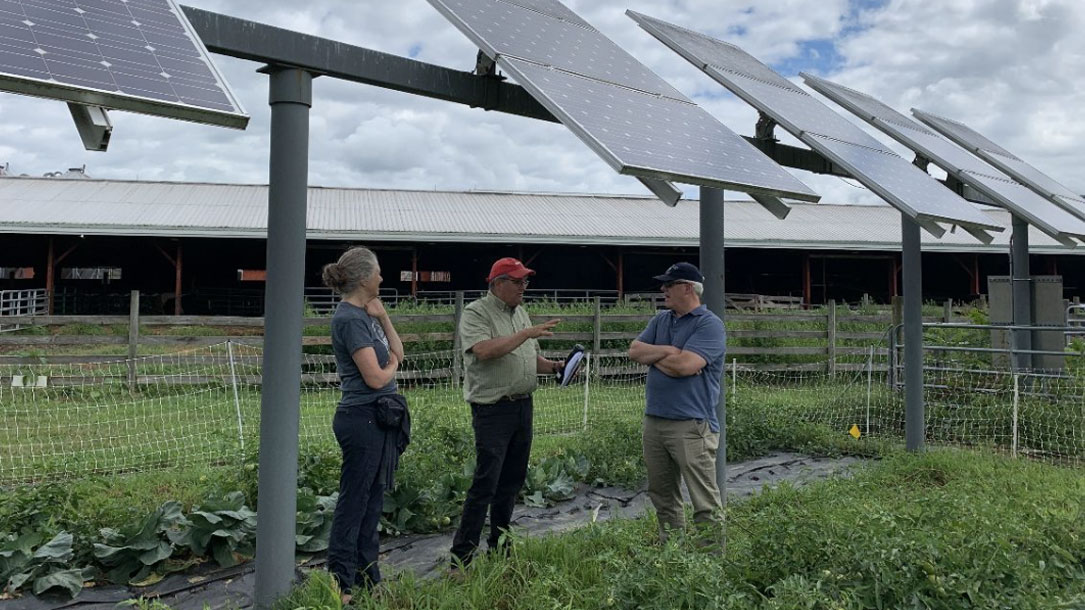
Made in the shade: Growing crops at solar farms yields efficiency
“There is potential for agrivoltaic systems – where agriculture and solar panels coexist – to provide increased passive cooling through taller panel heights [emphasis added], more reflective ground cover and higher evapotranspiration rates compared to traditional solar farms,” said senior author Max Zhang, professor in the Sibley School of Mechanical and Aerospace Engineering [at Cornell], “We can generate renewable electricity and conserve farmland through agrivoltaic systems.”
In New York, for example, about 40% of utility-scale solar farm capacity has been developed on agricultural lands, while about 84% of land deemed suitable for utility-scale solar development is agricultural, according to a previous research study from Zhang’s group…
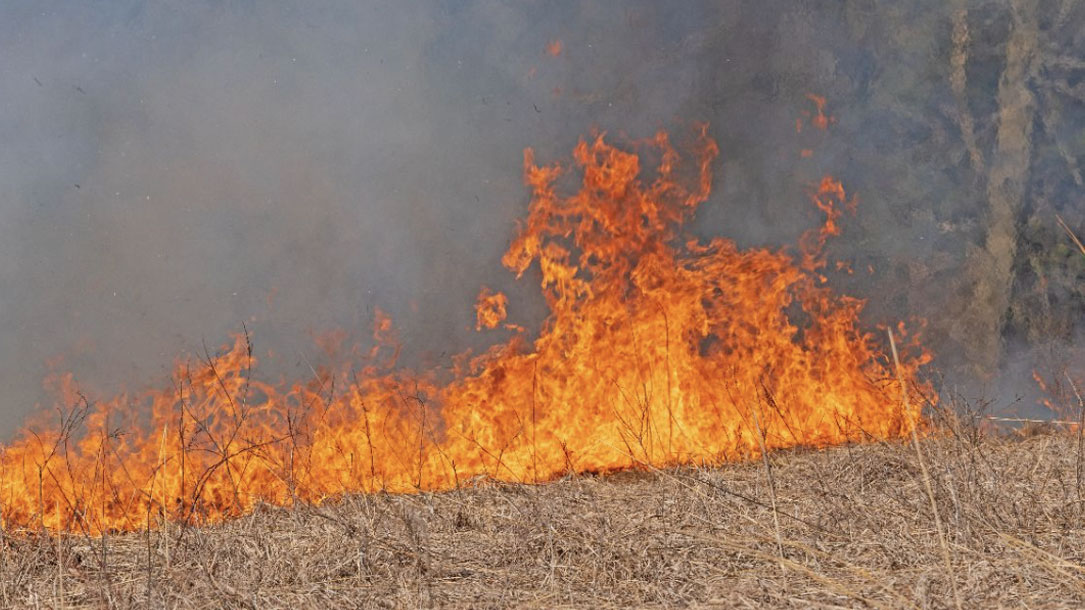
USDA Forest Service Chief Randy Moore’s statement announcing actions the Forest Service will take to resume its prescribed fire program safely and effectively after completion of its 90-day national review
Washington D.C.,September 8, 2022 — USDA Forest Service Chief Randy Moore released the following statement announcing actions the Forest Service will take to resume its prescribed fire program safely and effectively after completion of its 90-day national review…
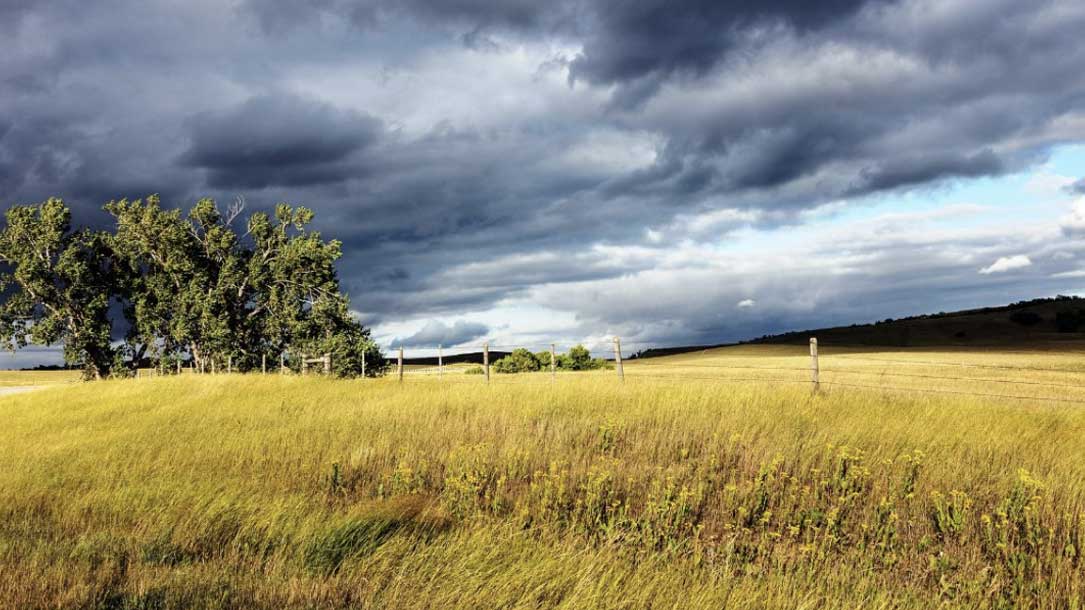
North American Grasslands Conservation Act brings restoration partnerships to the prairie
Last summer, Senators Ron Wyden of Oregon and Michael Bennet of Colorado introduced the North American Grasslands Conservation Act, which will provide resources to farmers, ranchers, and Tribes to voluntarily take steps to prevent the loss of grasslands and, when possible, restore them. Now, in the 118th Congress, lawmakers are considering additional updates to this bill and a bipartisan introduction in both the House and Senate is on the horizon.
This bill will create a voluntary, incentive-based grant program that focuses on partnering with private landowners — the stewards of their lands and waters — to conserve and restore grasslands across the country. The availability of grants is designed to be flexible, as the needs of one landowner to conserve grasslands will vary greatly across the nation: restoration of degraded grasslands, mitigating the threats of wildfire and drought, restoring watersheds, and improving the health of rangelands are among the many eligible activities for such grants…
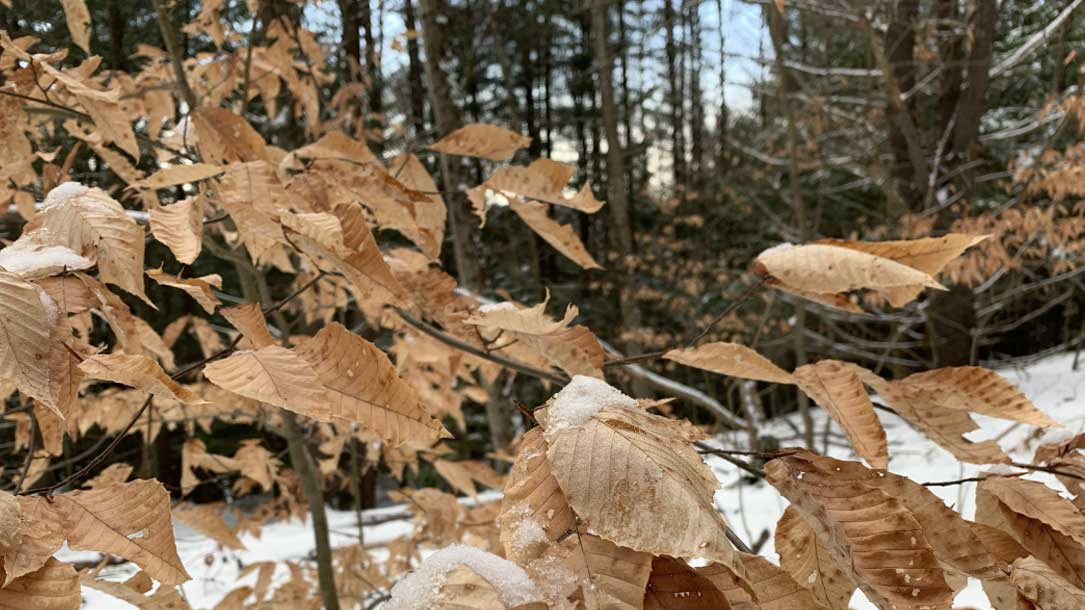
Report: New England forests can do more to combat climate change
“What this report shows is how with even moderate changes in land-use practices we can increase the amount of carbon sequestered and stored in our landscape. To me, as I watch us fail to meet nearly every emissions reduction target, the case for including New England forests in our policy discussions just gets stronger and stronger. These are things we can do today and they come with a range of other benefits that are good for all of society”…
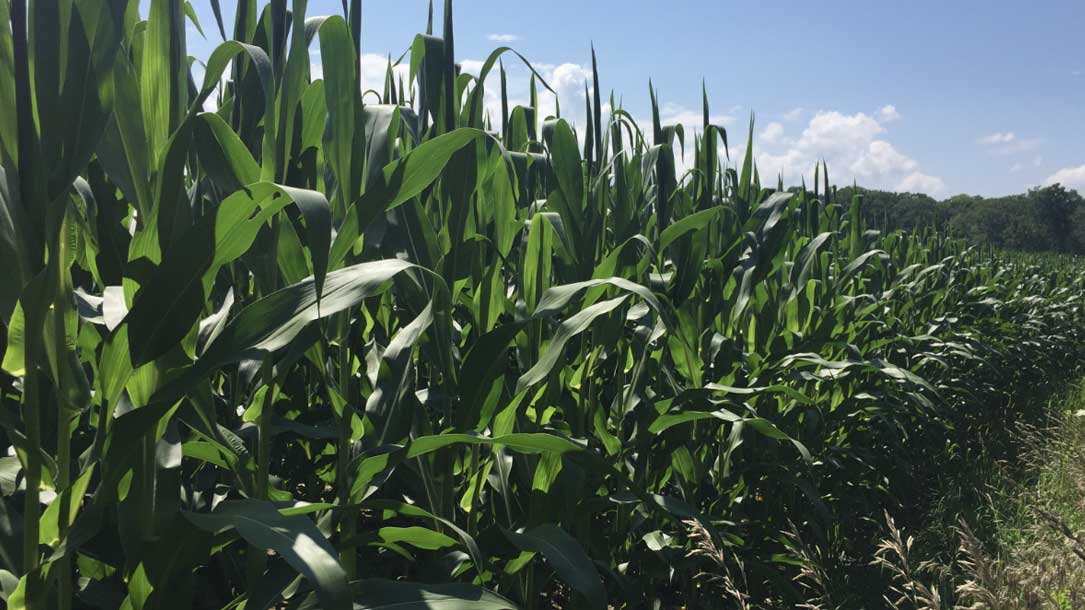
Corn and soybean production up in 2021, USDA Reports, Corn and soybean stocks up from year earlier, Winter Wheat Seedings up for 2022
WASHINGTON, Jan. 12, 2022 – Increased acreage and higher yields for corn and soybeans led to record high soybean production and near-record high corn production, according to the 2021 Crop Production Annual Summary released today by the U.S. Department of Agriculture’s National Agricultural Statistics Service (NASS).












